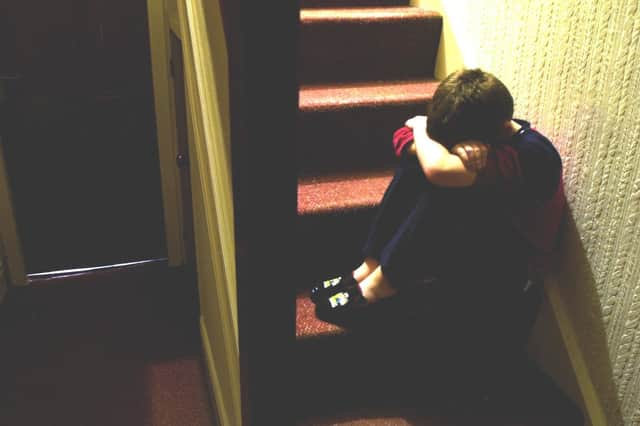Hartlepool named third worst for child poverty in North East, with more than a quarter of children living below the breadline


The End Child Poverty Coalition with Loughborough University has published an analysis of data from the Government that tracks child poverty across Britain before housing costs are taken into account.
As of 2018/19, 26.7% of children were living in poverty in Hartlepool – a rise of 7% since 2014/15 and the third highest rate of child poverty in the North East, according to the research.
Advertisement
Hide AdAdvertisement
Hide AdThe worst hit area is Middlesbrough, with 36.8% of children living in poverty, followed by Newcastle with 28.1%, and the two areas also saw the largest increases in child poverty over the past four years.
The 7% rise in child poverty in Hartlepool meant it had seen the fourth largest increase in the North East over the period.
Hartlepool MP Mike Hill said despite the best efforts of everyone in the area more support is needed from Government to help eliminate child poverty.
He said: “Despite the best efforts of the council and other agencies child poverty remains an issue in Hartlepool, where sadly we still have some of the most deprived wards in the country.
Advertisement
Hide AdAdvertisement
Hide Ad“The situation is being exacerbated by Covid-19 and the economic effects of the lockdown on families, who are struggling to cope.
“Child poverty has no place in a modern society and I am determined to see it eradicated.
“We need to see increased levels of Government intervention and stronger support for Hartlepool and the wider region to help reverse this unfortunate trend.”
Even before the impact of Covid-19 on household incomes, almost a quarter of children (24%) in the North East were living in poverty.
Advertisement
Hide AdAdvertisement
Hide AdBetween 2014/15 and 2018/19, the North East saw child poverty numbers rise by 6.5%, the largest increase in all regions across the country, with all councils in the region seeing increases.
The child poverty figures are based on government estimates using family income data.
The End Child Poverty coalition is now calling on the Government to commit to a comprehensive strategy to end child poverty as it plans the nation’s recovery from coronavirus.
Groups have also called for the Government to increase household income for struggling families.
Advertisement
Hide AdAdvertisement
Hide AdImran Hussain, director of policy and campaigns at Action for Children, said: “We may all be experiencing the storm of coronavirus together, but we are not all in the same boat.
“Children in the North East are some of the most exposed to the devastating economic consequences of this crisis and are at severe risk of being swept deeper into poverty.
“Families who were already struggling to keep their heads above water are now living in fear that they can’t afford to keep their children and babies warm and well fed.”
Recent analysis from the Office for National Statistics, carried out between April 17-27 2020, shows just under 1 in 4 adults (23%) said the coronavirus was affecting their household finances.
Advertisement
Hide AdAdvertisement
Hide AdThe most common impact in this group was reduced income and nearly half said they had needed to use savings or borrow to cover living costs.
A Government spokesman said: “This government understands the challenges many are facing which is why we injected £6.5 billion into the welfare system, including increasing Universal Credit and Working Tax Credit by up to £1,040 a year, as well as rolling out income protection schemes, mortgage holidays and additional support for renters.
“We currently spend a record £95 billion a year on our safety net welfare system and remain committed to supporting the most vulnerable in society throughout the current emergency and beyond.”
Local child poverty before housing costs 2018/19. Percentage of children in households below 60% median in North East authority areas.
(Percentage increase between 2014/15 and 2018/19)
Darlington – 21.9% (5.3% increase)
County Durham – 22.3% (5.8% increase)
Gateshead – 21.4% (6.2% increase)
Hartlepool – 26.7% (7% increase)
Middlesbrough – 36.8% (13.3% increase)
Newcastle-upon-Tyne – 28.1% (8.5% increase)
Northumberland – 20% (5% increase)
North Tyneside – 18.7% (4.7% increase)
Redcar and Cleveland -23.3% (6.1% increase)
South Tyneside – 26.2% (7.5% increase)
Stockton – 20.9% (5% increase)
Sunderland – 24.3% (5.6% increase)